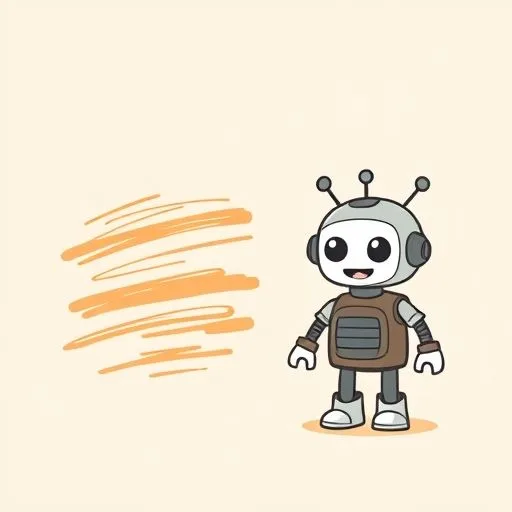
You know those moments when your little one brings home a drawing that’s all wild colors and joyful scribbles? It might not be perfect, but it’s bursting with heart—every line tells a story only they could create. I remember over kimchi pancakes and maple syrup waffles at our kitchen table, my daughter’s eyes would light up describing her latest masterpiece. Lately, I’ve been thinking about how that pure, unfiltered creativity stands in stark contrast to something buzzing in the tech world: what tech insiders call ‘AI slop’—this imperfect, sometimes nonsensical content generated by algorithms.
Isn’t it wild how AI tries so hard but ends up spitting out nonsense—and then we, the humans, step in to fix it? It hit me like a lightning bolt—while we’re racing toward a future shaped by algorithms, it’s our humanity, our empathy, and that spark of genuine curiosity we nurture in our kids that’ll always be the real magic.
Why Isn’t AI the Superhero We Imagined?
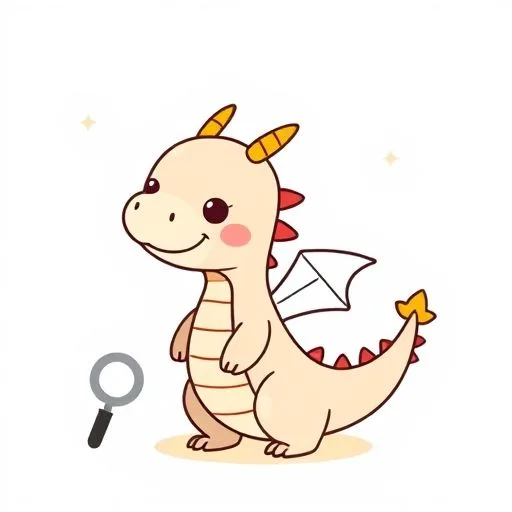
Picture this: we’re curled up on the couch, my daughter and I, watching a cartoon she loves. Out of nowhere, she points at the screen and says, ‘Dad, why does that dragon have three wings? That doesn’t make sense!’ She giggles, but it stuck with me.
Later, I read about AI-generated images flooding the internet—dragons with wonky wings, posters with gibberish text, even plant care advice for flowers that don’t exist! It’s like AI is this enthusiastic but clumsy assistant, trying so hard to create something amazing but often missing the mark.
You know, that got me thinking—what happens when tech just can’t keep up?
And here’s the kicker: instead of AI fixing itself, companies are hiring people—real, live humans—to tidy up the mess.
It’s bittersweet, right? On one hand, it’s creating jobs; on the other, it’s a reminder that without our intuition and heart, even the smartest tech can feel hollow. What if we taught our kids their ‘why?’ questions are what make them irreplaceable?
How Do We Raise Critical Thinkers in an Algorithm Age?
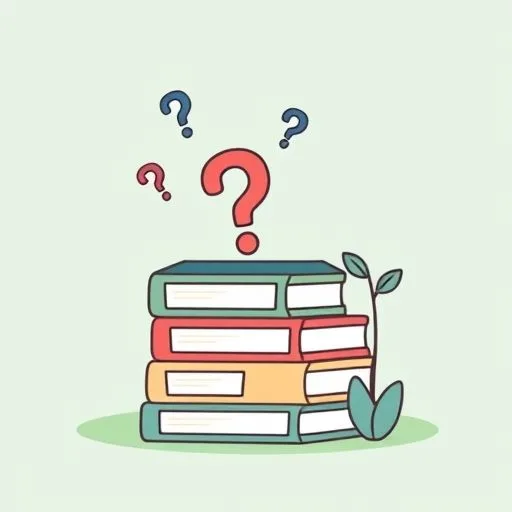
Every parent knows that phase where ‘why’ becomes the favorite word. ‘Why is the sky blue?’ ‘Why do we have to share?’ ‘Why can’t I eat cookies for breakfast?’ It’s exhausting, but oh, it’s beautiful! Those questions are the foundation of critical thinking—something no AI can replicate.
When I hear about AI churning out ‘slop,’ it reinforces how vital it is to encourage our kids to question, explore, and trust their instincts. We play this game sometimes: ‘Spot the Silly!’ We’ll look at pictures or read stories together and find the parts that don’t quite add up.
It’s not about dismissing AI in education; it’s about balancing it with curiosity. We want them to engage, to challenge, to create. That’s how we raise a generation that builds something better from the start.
Can Empathy Be Coded? Why Human Connection Wins

There’s a scene I’ll never forget: my daughter trying to comfort her friend after a scraped knee. She didn’t have the perfect words, but she offered a hug, a shared cookie, and that quiet understanding that says, ‘I’m here.’
That’s empathy—raw, real, and utterly human. That little moment was our family’s kindness compass, pointing us toward what really matters beyond any algorithm. Research shows that ‘workslop’ is frustrating people because shifts the emotional burden onto humans.
In our family, we talk about feelings a lot. When we use tech, we focus on how it connects us—video-calling grandparents or learning about cultures together. How do we give our kids a compass for kindness in this digital world?
How to Use Tech for Togetherness, Not Just Tidying Up
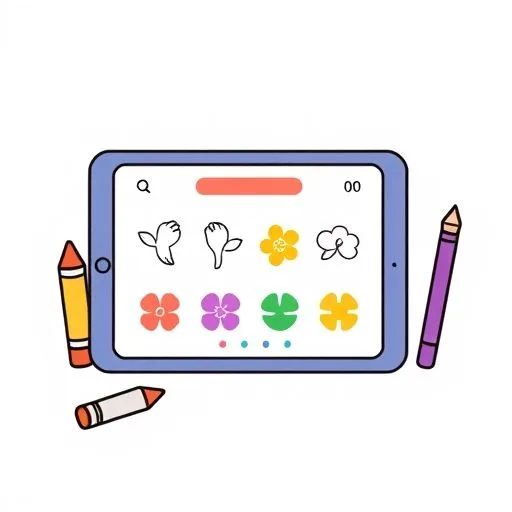
Okay, let’s get practical! We love using AI for fun, collaborative projects: generating story starters we expand together, or digital art templates brought to life with crayons and glitter. It’s about blending the new with the timeless.
When we find AI slip-ups—like a recipe with bizarre instructions—we laugh and problem-solve. This turns mistakes into lessons in resilience. The goal isn’t perfection; it’s empowering kids to use technology as a springboard for their ideas.
What’s the Future with AI? Hope Beyond Algorithms
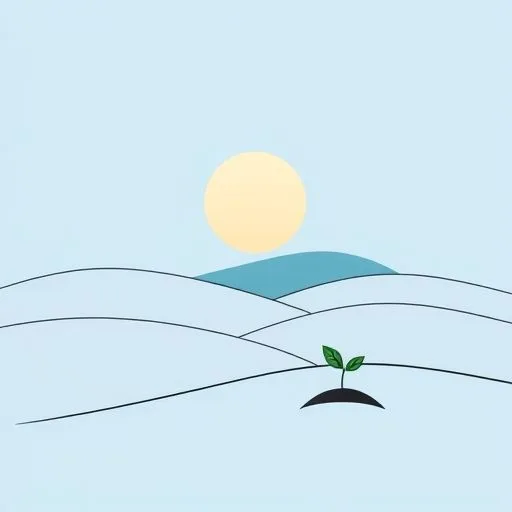
Watching our kids grow up with AI everywhere can feel daunting. But here’s the hopeful part: every messy drawing, every real conversation over screens, sends a message—their voice matters, their creativity is precious.
The irony of ‘AI slop’ reminds us that behind every innovation, we need heart and community. We’re nurturing qualities that keep our world joyfully human—and that’s a future worth embracing!
Quick Takeaways to Keep It Human:
- Ask “why” together: Turn AI oddities into curiosity games.
- Team up on tech: Let mistakes spark creative problem-solving.
- Connect beyond screens: Use digital tools to deepen real-world bonds.
Source: Greatest irony of the AI age: Humans hired to clean AI slop, Sify, 2025-09-24
